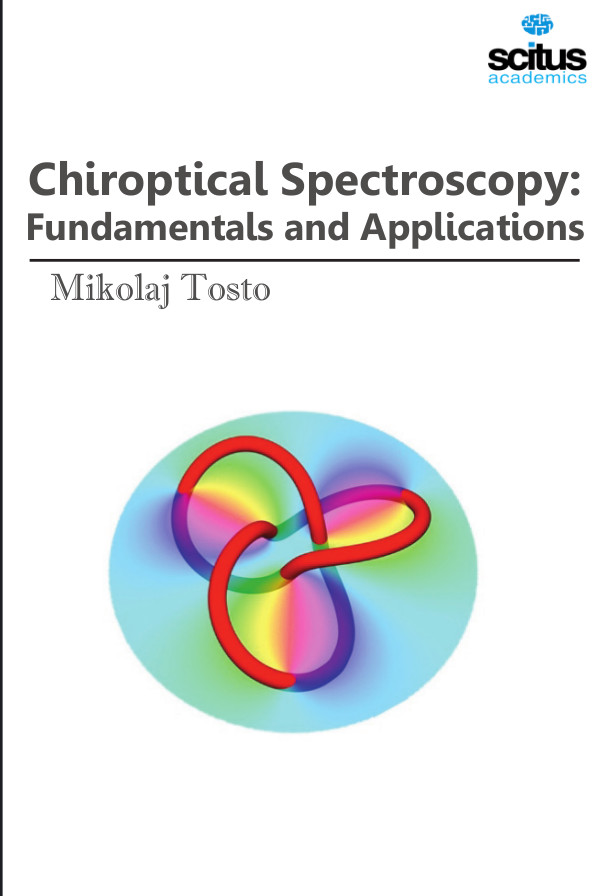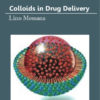Chiroptical spectroscopy is one of the most developing areas of chiral analysis which role has been enhanced in recent years. There have been great advances in the fields of laboratory and astronomical spectroscopy. These have been equally matched by large-scale computations using stateof-the-art theoretical methods. The accurate atomic opacities that are available today play a great role in the field of biomedical research using nanotechnology. Spectroscopic techniques have been applied in virtually all technical fields of science and technology. Radio-frequency spectroscopy of nuclei in a magnetic field has been employed in a medical technique called magnetic resonance imaging (MRI) to visualize the internal soft tissue of the body with unprecedented resolution. This title provides an overview of the applicability range of chiroptical methods as a principle tool for chirality investigation, and typical applications of chiral coordination chemistry, such as circular dichroism (CD) spectroscopy is a spectroscopic technique where the CD of molecules is measured over a range of wavelengths. CD spectroscopy is used extensively to study chiral molecules of all types and sizes, but it is in the study of large biological molecules where it finds its most important applications. A primary use is in analysing the secondary structure or conformation of macromolecules, particularly proteins as secondary structure is sensitive to its environment, temperature or pH, circular dichroism can be used to observe how secondary structure changes with environmental conditions or on interaction with other molecules. Structural, kinetic and thermodynamic information about macromolecules can be derived from circular dichroism spectroscopy. Because of this sensitivity, the most accurate physical measurements have been frequency measurements.
This book, Chiroptical Spectroscopy: Fundamentals and Applications, provides an introduction to the important methods of chiroptical spectroscopy in general, and circular dichroism in particular, which are increasingly important in all areas of chemistry, biochemistry, and structural biology. The book is to be intended a valuable tool for advanced graduate students along with researchers in academia and industry.













